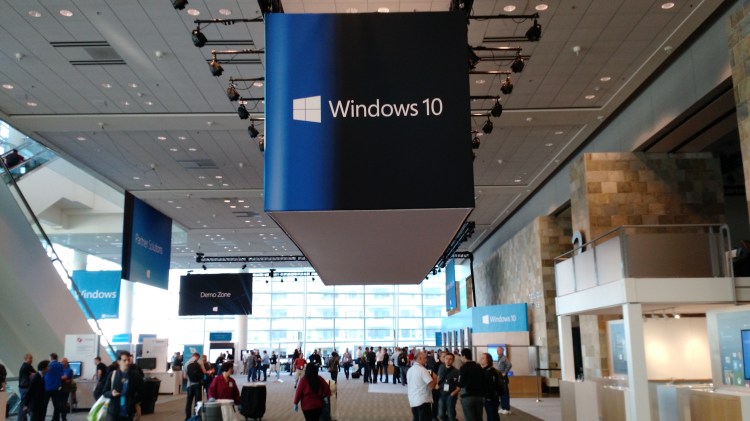Remember Microsoft’s Courier project? It’s been almost a decade since Microsoft killed the dual-screened tablet device, before it ever saw the light of day. And yet, rumors of dual-screen Windows devices continue to show up every few months.
This week, the rumor mill took a slightly more interesting turn, with WinFuture reporting that Dell was working on a dual-screen device running Windows 10, powered by an unreleased Qualcomm Snapdragon 850 processor. Codenamed Januss (after the two-faced Roman god), the Dell device could have been in development as far back as last summer.
Something didn’t quite smell right with the original rumor, so we decided not to cover it. And sure enough, Windows Latest found a demo application that apparently was not used at Dell’s event last month; meanwhile, The Verge learned that the documents in question were old, and the project may have been shelved or changed significantly over the past year.

In any case, the suggestion that not just Microsoft, but computer manufacturers, are exploring putting Windows 10 on dual-screen devices is a curious twist. It’s particularly intriguing if you couple it with news that the latest Windows 10 build, released just yesterday, apparently includes this tidbit:
https://twitter.com/h0x0d/status/1002433367948779520
Does this mean Windows 10 is going to support dual-screen devices? I sure hope not. At least, not yet.
In my experience with the ZTE Axon M, a dual-screen Android phone, and various prototypes that I’ve had a chance to see over the years, these devices are still very much gimmicks. That doesn’t mean that they won’t one day have their place, but Microsoft should be cautious about supporting dual screens just to support dual screens.
I’m all for new Windows 10 form factors. After all, experimentation is what drives innovation. That said, there’s a reason nobody has created a successful dual-screen device. The hardware still hasn’t reached a point where there is reason to want two screens on your laptop or tablet or even mobile phone.
The dream is a single screen that can either be folded or rolled up. Two screens, where one can fold on top of the other using a hinge, might be a stepping stone to such a future, or it might be a step we skip altogether.
Either way, we’re not there. It’s been almost a decade and it wouldn’t surprise me if it took another one.
These rumored, prototyped gimmicks don’t deserve Windows. Not yet.
ProBeat is a column in which Emil rants about whatever crosses him that week.
VentureBeat's mission is to be a digital town square for technical decision-makers to gain knowledge about transformative enterprise technology and transact. Learn More

